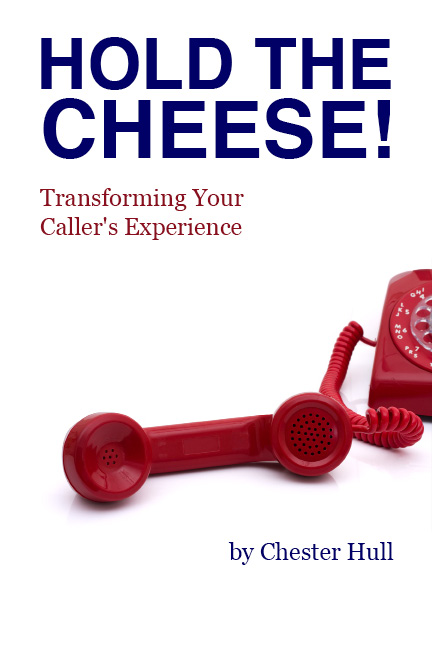I was recently placed On-Hold at a financial institution, and heard this On-Hold message:
I was struck by a couple of things, and since Prosound did not produce this On-Hold message, I’m going to break it down for you here.
First of all, it’s not just a “thank you for holding” message. There’s more information in there to let me know I’ve called a financial institution.
It has holiday closings listed, which is fantastic! (It’s always good to communicate closings and hour changes with your customers as much as possible!)
There are tips for online shopping security, as well as shopping in the “real” world.
And there’s even a reminder to change your clock back to Standard Time on Sunday, November 7th.
So, what’s missing?
Nowhere…not once…ever…is the name of the financial institution listed. Go back and listen again, if you didn’t catch it. It’s all right; I’ll wait.
“So what’s the big deal?” you might ask.
Here’s the thing:
This strategy is quite brilliant actually—but only for the On-Hold message production company. It has created a set of messages that is recorded once, and sold over and over again to financial institutions nationwide.
The strategy is not so brilliant for the bank that’s using it, and here’s why:
- It doesn’t reinforce the name of the bank to each and every customer.
- It doesn’t help strengthen the bank’s other marketing and branding efforts outside the bank, like it could if it were part of those efforts.
- It lacks a distinct relevance that only a unique On-Hold message can provide. Relevance is created by connecting with the perspective of the listener. The more specific you can be in your messaging, the more believable your message will be.
Every business has a story to tell.
Telling the story that is uniquely yours will create stronger relationships with your clients and prospects, making it a much harder choice for them to leave you, or to choose your competition.
I admit that finding your unique story is more difficult than simply selecting a few pseudo-customized-for-your-industry messages. But your customers and callers will thank you.
Keep these things in mind as you approve your ad copy…whatever medium it’s in:
- Ads that fail in one medium will usually fail in others.
- The medium is not the message; the message is the message.
And the message is what matters most!

 Facebook
Facebook LinkedIn
LinkedIn Twitter
Twitter



